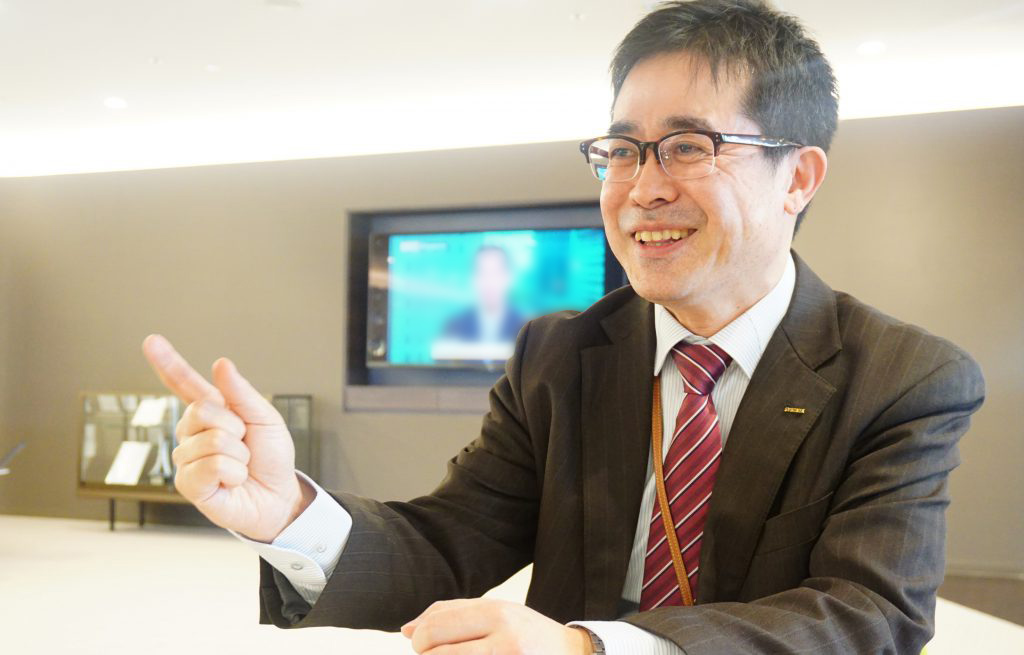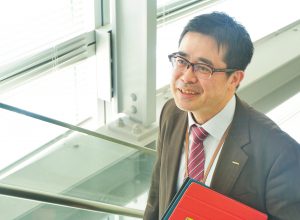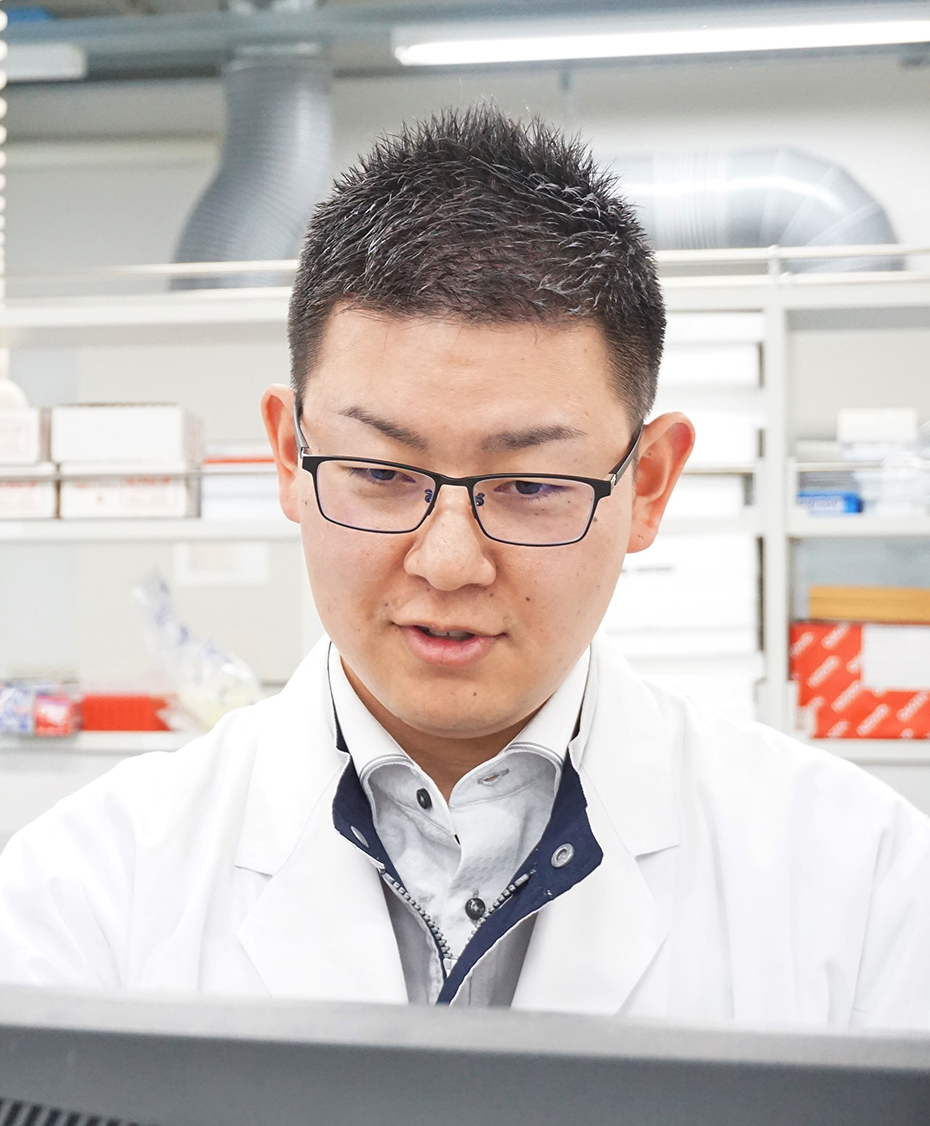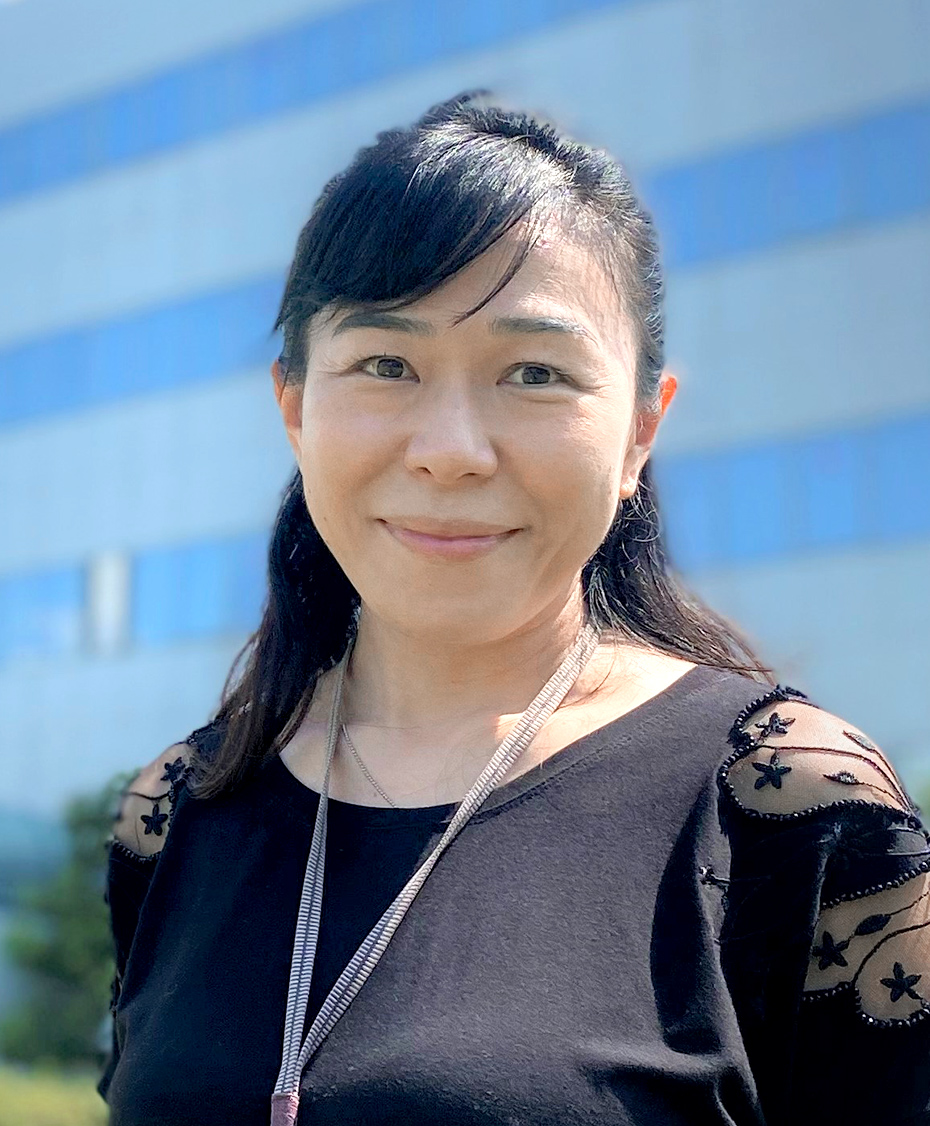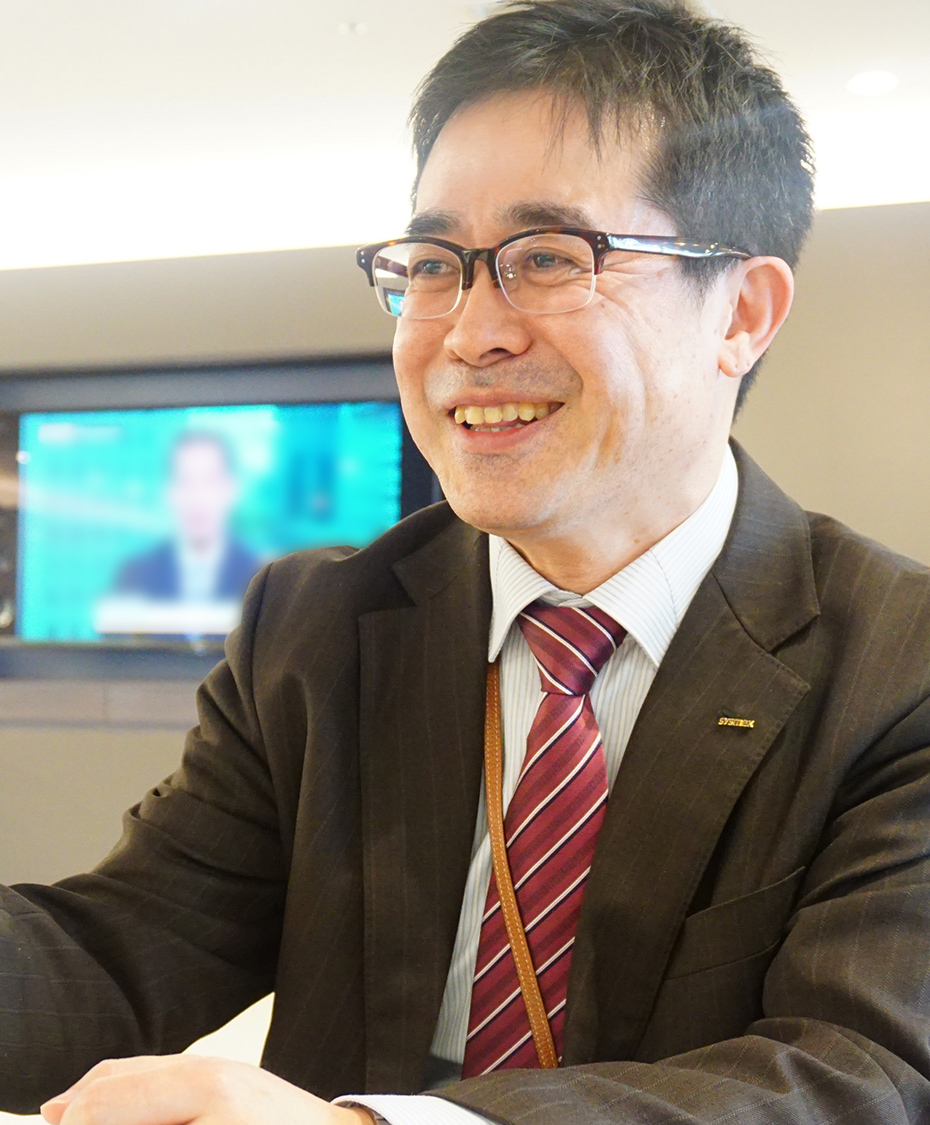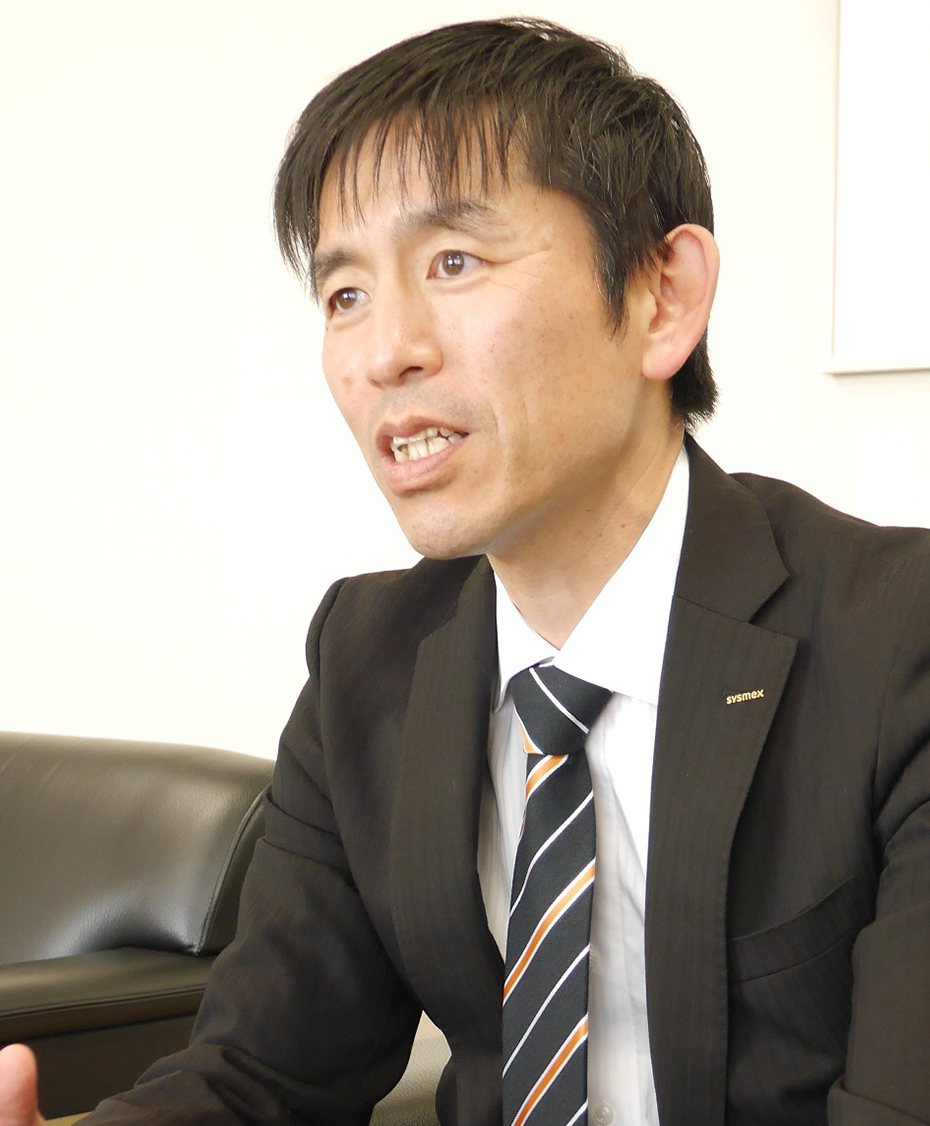- TOP
- PEOPLE
- Development | O.S
Copyright© Sysmex Corporation, All Rights Reserved.
PEOPLE Development | O.S
Building an optimal value chain as a product manager
First Engineering Div. Cell Technology Group
Joined the company on graduation in 1996 | Department of Materials Engineering
